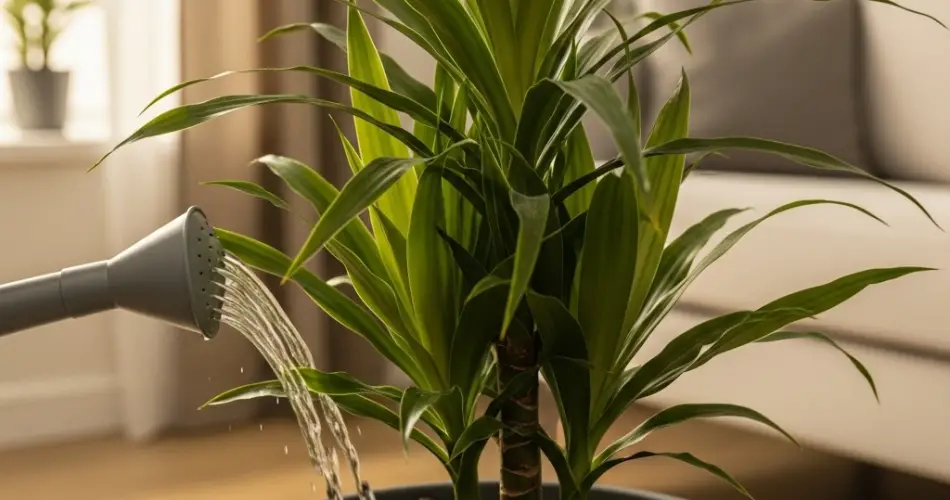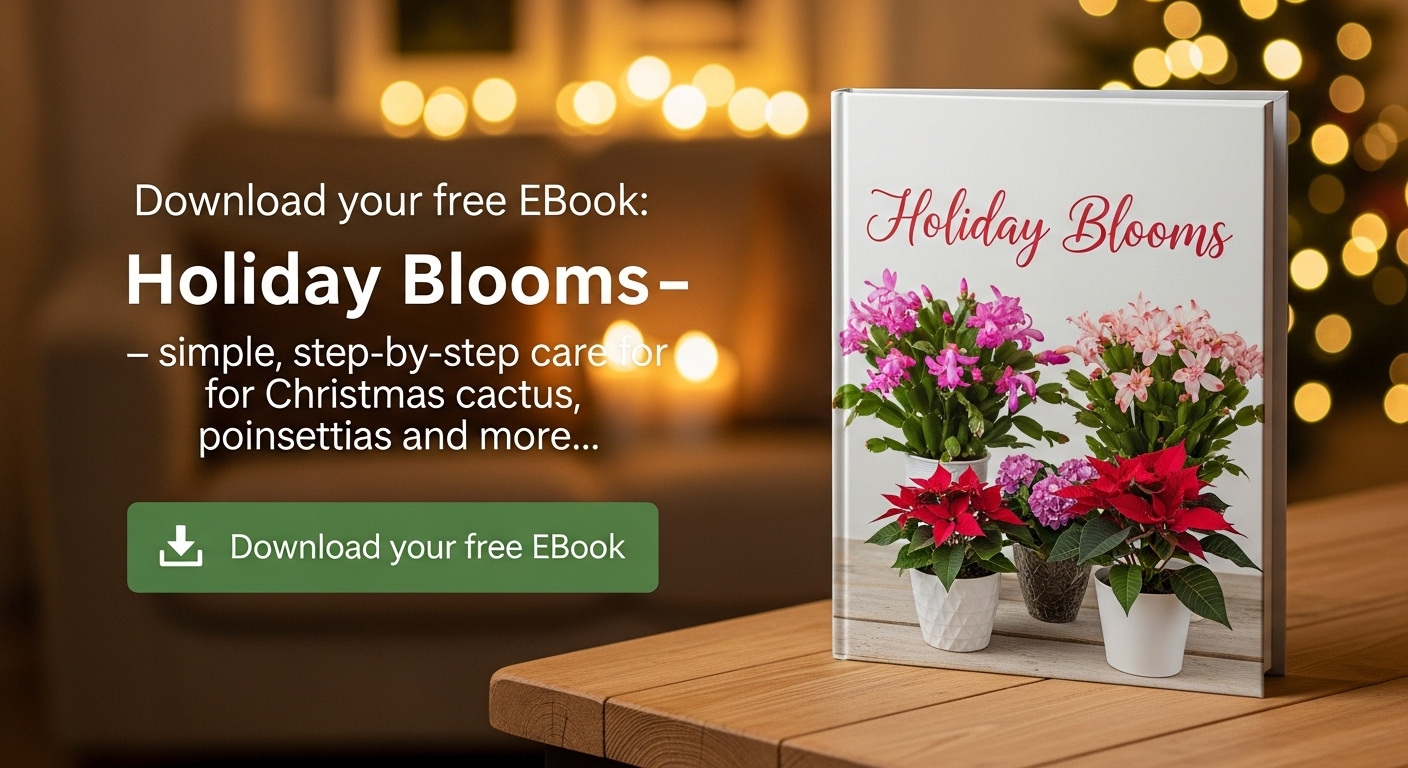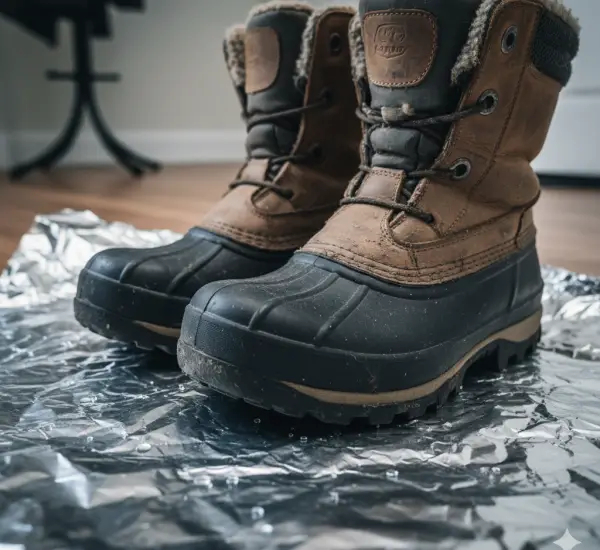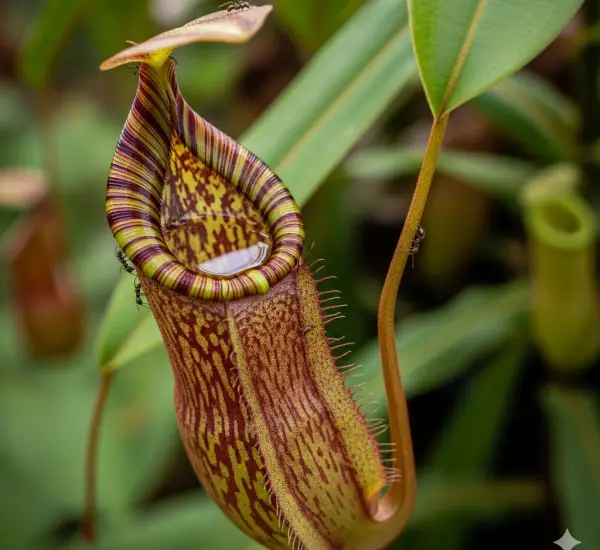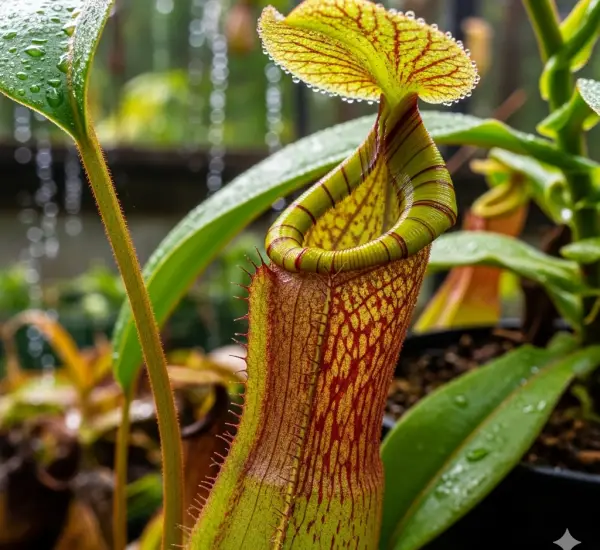Dracaena plants are popular for their striking foliage and easygoing nature, making them a favorite choice for indoor gardeners. With dozens of varieties—from the tall, tree-like Dracaena marginata to the compact Dracaena fragrans—these tropical plants add height, texture, and color to any indoor space. Despite being low-maintenance, one aspect of care that requires attention is watering.
Knowing how often to water your dracaena is essential for keeping it healthy and free from common problems like yellowing leaves, root rot, or browning tips. This guide will walk you through the right watering practices and help you create a reliable routine.
Dracaena’s Natural Water Preferences
In their native environment, dracaenas grow in warm regions of Africa and Asia where soil conditions are loose, well-drained, and only mildly moist. These plants are drought-tolerant and do not appreciate constantly wet soil. Instead, they prefer a cycle of deep watering followed by a period of drying out.
This means that, unlike thirstier houseplants, dracaenas are more at risk of overwatering than underwatering.
General Watering Frequency for Dracaena
While watering frequency can vary based on environmental conditions, a general rule of thumb is to water your dracaena every 10 to 14 days during the growing season (spring and summer), and every 3 to 4 weeks during the cooler months (fall and winter).
However, always use the soil as your guide. Allow the top 2 inches (5 cm) of soil to dry out completely before watering again. Never water on a strict schedule without checking soil moisture, as this could lead to overwatering.
Factors That Influence Watering Frequency
Several factors will affect how often your dracaena needs water:
-
Light Levels: Dracaenas in bright, indirect light will dry out faster than those in low-light areas.
-
Pot Size and Material: Plants in smaller pots or terracotta containers may need more frequent watering than those in larger or plastic pots.
-
Humidity and Temperature: Warm, dry indoor air speeds up evaporation and increases the need for more regular watering.
-
Soil Type: Well-draining potting mixes dry faster than dense, compacted soil.
Always adapt your watering based on these variables, not just the calendar.
How to Water a Dracaena Properly
-
Check Soil Moisture First
Before watering, stick your finger about two inches into the soil. If it feels dry, it’s time to water. If it’s still damp, wait a few more days and check again. -
Water Deeply but Infrequently
When you water, do so thoroughly. Pour water evenly around the base of the plant until it begins to drain out of the bottom. Avoid shallow watering, which only moistens the topsoil and doesn’t reach the roots. -
Empty the Drainage Tray
Never let the pot sit in standing water. Once water has drained out, empty the saucer or outer pot to prevent root rot. -
Use Filtered or Distilled Water
Dracaenas are sensitive to chemicals like fluoride and chlorine, which are often present in tap water. These can cause brown tips on the leaves. If possible, use filtered, distilled, or rainwater for best results. -
Use Room Temperature Water
Cold water can shock the roots. Let your water sit out for a few hours to reach room temperature before watering.
Signs of Overwatering
Overwatering is one of the most common causes of dracaena decline. Watch out for these symptoms:
-
Yellowing lower leaves
-
Soft, mushy stems or roots
-
Persistent wet or soggy soil
-
A sour or musty smell from the pot
-
Leaf drop despite moist soil
If these signs appear, stop watering immediately and allow the soil to dry. You may need to repot the plant in dry, well-draining soil and trim off any rotted roots.
Signs of Underwatering
While dracaenas prefer to dry out between waterings, prolonged dryness can also cause issues:
-
Crispy brown leaf tips or edges
-
Curling or drooping leaves
-
Very dry or compacted soil pulling away from the pot
-
Slowed growth
If you suspect underwatering, give your plant a deep drink and monitor how quickly the soil dries out moving forward.
Choosing the Right Soil and Pot
To support healthy watering habits, choose:
-
A well-draining potting mix: Use a standard houseplant mix amended with perlite or sand to improve aeration.
-
A pot with drainage holes: This allows excess water to escape and reduces the risk of soggy roots.
Avoid oversized pots, which hold more water than the roots can absorb.
Seasonal Watering Adjustments
During the warmer months, your dracaena will grow faster and require more water. In fall and winter, growth slows and soil takes longer to dry out, so reduce watering accordingly. Always monitor soil moisture during seasonal changes and adjust your routine as needed.
Final Thoughts
Watering a dracaena isn’t complicated, but it does require attention to the plant’s needs and environment. Stick to a rhythm of watering only when the top couple of inches of soil are dry. Use clean, room-temperature water, and ensure proper drainage to avoid root rot. With consistent care and moisture control, your dracaena will thrive—rewarding you with tall canes, healthy leaves, and striking indoor beauty.
